
SEPTEMBER 21, 22, 23, 2021
IVT VIRTUAL LIVE FEBRUARY 9 & 10, 2021
PROCEEDINGS NOW AVAILABLE TO VIEW
ON DEMAND – CLICK HERE FOR ACCESS
Times stated below are CEST (Central European Summer Time)
 Alastair Hayfield
Alastair Hayfield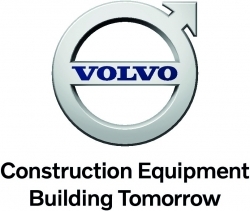 Ahcène Nedjimi
Ahcène Nedjimi Rahul Madhavan
Rahul Madhavan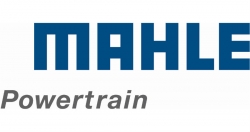 Jonathan Hall
Jonathan Hall Peter Tepfenhart
Peter Tepfenhart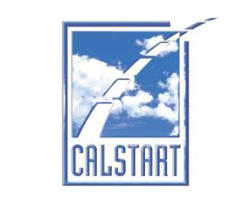 Niki Okuk
Niki Okuk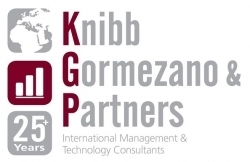 Alex Woodrow
Alex Woodrow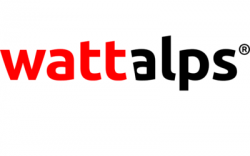 Matthieu Desbois-Renaudin
Matthieu Desbois-Renaudin Tomasz Turek
Tomasz Turek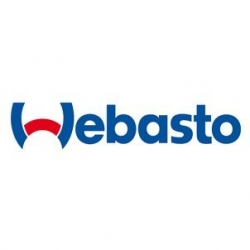 Tom Miller
Tom Miller Dr Bernhard Burkhart
Dr Bernhard Burkhart Ulrich Marl
Ulrich Marl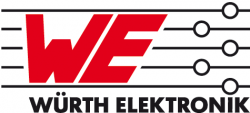 Ludovic Frelin
Ludovic Frelin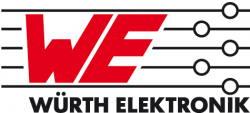 Jean-Baptiste Delcroix
Jean-Baptiste Delcroix Dr Markus Merkel
Dr Markus Merkel Tatiana Minav
Tatiana Minav Dierk Peitsmeyer
Dierk Peitsmeyer Dr Andrea Rimondi
Dr Andrea Rimondi Philippe Reynolds
Philippe Reynolds Jean Heren
Jean Heren Philippe Tottoli
Philippe Tottoli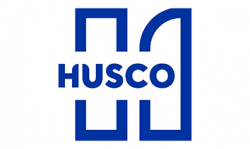 Jason Greenwood
Jason Greenwood Alastair Hayfield
Alastair Hayfield Tess Sicat
Tess Sicat Randy Wingenroth
Randy Wingenroth Niki Okuk
Niki Okuk Tatiana Minav
Tatiana Minav Prof Peter van Duijsen
Prof Peter van Duijsen Dirk Schuhmann
Dirk Schuhmann Dr Markus Merkel
Dr Markus Merkel Damian Backes
Damian Backes Sabine Pretsch
Sabine Pretsch Pietro Boggia
Pietro Boggia Xavier Iraçabal
Xavier Iraçabal Josef Graubmann
Josef Graubmann Ferdinando Mapelli
Ferdinando Mapelli Vijesh Kapoor
Vijesh Kapoor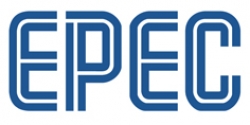 Jyri Kylä-Kaila
Jyri Kylä-Kaila Prof Peter van Duijsen
Prof Peter van Duijsen Dr Hannu Sarén
Dr Hannu Sarén Thomas Vetter
Thomas Vetter Philipp Formanek
Philipp Formanek Florian Zölfl
Florian Zölfl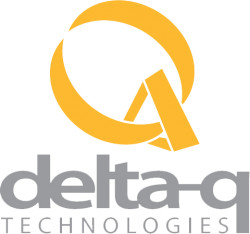 Robert Stavrevski
Robert Stavrevski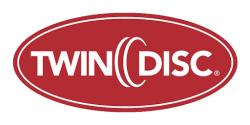 Andy Conaty
Andy Conaty Gunwant Dhadyalla
Gunwant Dhadyalla Dr Ianto Guy
Dr Ianto Guy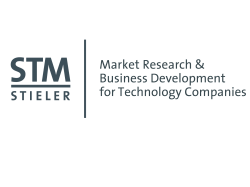 Joachim Stieler
Joachim Stieler Anthony Ohazulike
Anthony Ohazulike Signe Riemer-Sørensen
Signe Riemer-Sørensen Alexander Holler
Alexander Holler Joachim Stieler
Joachim Stieler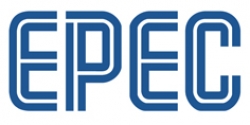 Dr Mikko Hankaniemi
Dr Mikko Hankaniemi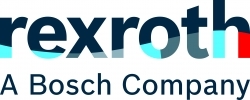 Dr Frank Bender
Dr Frank Bender Dr Arnold Free
Dr Arnold Free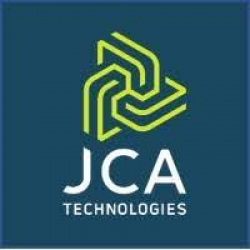 Jorge Viramontes
Jorge Viramontes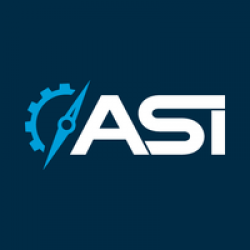 Drew Larsen
Drew Larsen Dr Ianto Guy
Dr Ianto Guy Gabriel Sallah
Gabriel Sallah Stefan Steinmann
Stefan Steinmann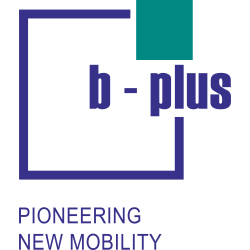 Johannes Zangerle
Johannes Zangerle Albin Remäng
Albin Remäng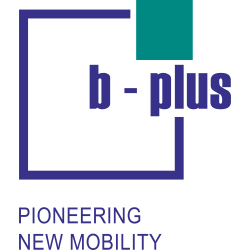 Johann Führmann
Johann Führmann Kristiaan De Meester
Kristiaan De Meester Sam Wood
Sam Wood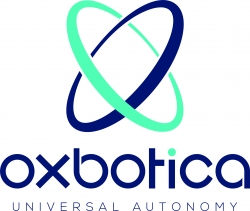 Aamir Aziz
Aamir Aziz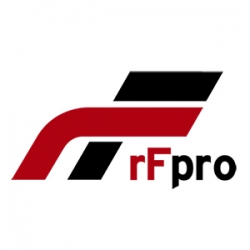 Matt Daley
Matt Daley Raul Bravo
Raul Bravo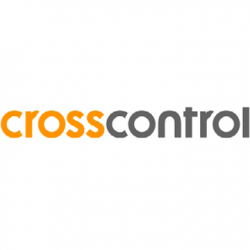 Dr Markus Wallmyr
Dr Markus Wallmyr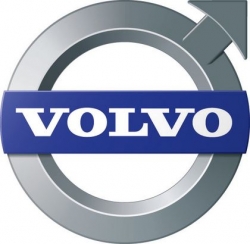 Roland Schling
Roland Schling Sebastian Lorenz
Sebastian Lorenz Michael Jendis
Michael Jendis Rahul Madhavan
Rahul Madhavan Chris Kosmala
Chris Kosmala Dr Lars Thielke
Dr Lars Thielke Ricardo Sales
Ricardo Sales Juha Artama
Juha Artama Gary Durian
Gary Durian David Batcheller
David Batcheller Michael Jendis
Michael Jendis Dr Markus Wallmyr
Dr Markus Wallmyr Idoia Maiz
Idoia Maiz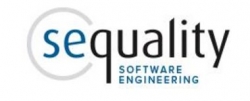 Stefan Larndorfer
Stefan Larndorfer Ari Tervonen
Ari Tervonen Peter Krejza
Peter Krejza Christopher Gromek
Christopher Gromek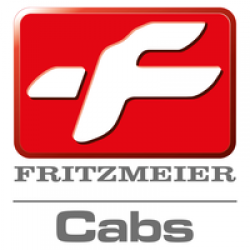 Andrei Jinariu
Andrei Jinariu Christian Wadell
Christian Wadell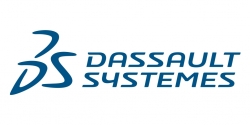 Xavier Melkonian
Xavier Melkonian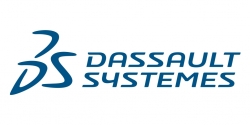 Dominique Galmel
Dominique Galmel Gary Newton
Gary Newton Robert Henshaw
Robert Henshaw